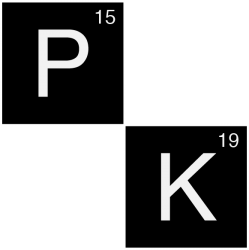Vancomycin pharmacokinetic parameters
| Oral bioavailability (F) | 0 |
| Clearance (CL) | 7 L/H |
| Volume of distribution (Vd) | 35 L |
| Half-life (t1/2) | 3.5 h |
Description
Vancomycin is a glycopeptide antibiotic that is
mainly used for the treatment of infections by methicillin-resistant
staphylococcus infections
Vancomycin is poorly absorbed after
oral administration. For parenteral therapy, the drug should be
administered intravenously. The drug appears in various body fluids; its
apparent volume of distribution is ~35l and about 30% of vancomycin is bound to plasma protein.
About 90% of an injected dose is excreted by glomerular filtration. Vancomycin has a half-life of approximately 3.5 h.
Clinical implications
For a successful therapy, it is important to achieve serum concentrations at some multiple above the minimum inhibitory concentration for the offending organisms and at the same time to avoid potential adverse effects such as ototoxicity and nephrotoxicity. Vancomycine is either administered as repeated short-duration (1h) infusions or as a continuous constant rate infusion. For repeated administration, trough plasma vancomycin concentrations should be at least 5-10 mg/ for non-complicated infections and 10-15 mg/l for infections by methicillin-resistant staphylococci. For continuous administration, the steady-state serum concentration should be 15-20 mg/l for non-complicated infections and up to 25 mg/l for patients with severe infections.
In practice, therapeutic drug monitoring
(measurement of drug plasma concentration and adaptation of dosage) of
the vancomycin therapy is used for patients at the intensive care unit
or for patients with severe infections.
The drug accumulates if renal function is impaired, and dosage adjustments must be made under these circumstances.

